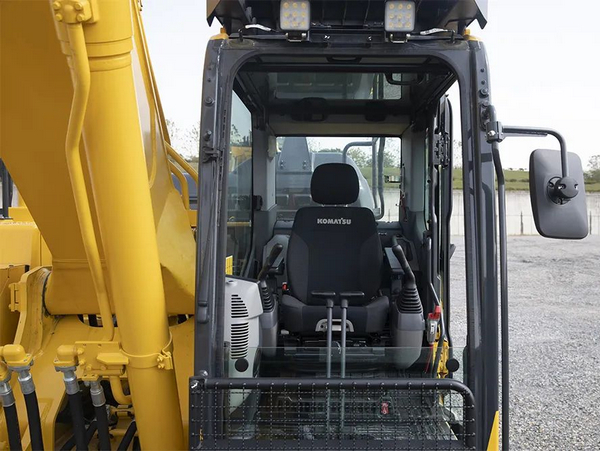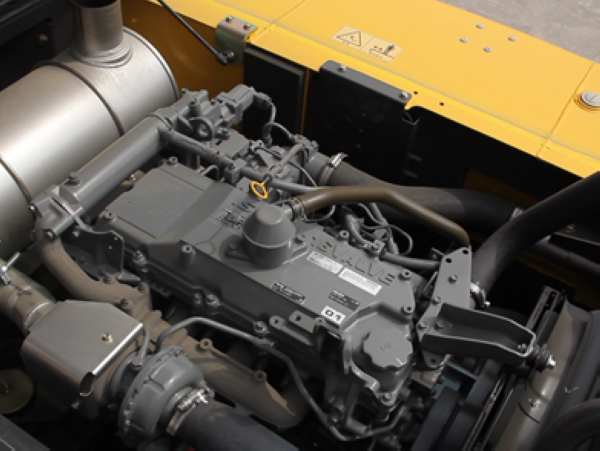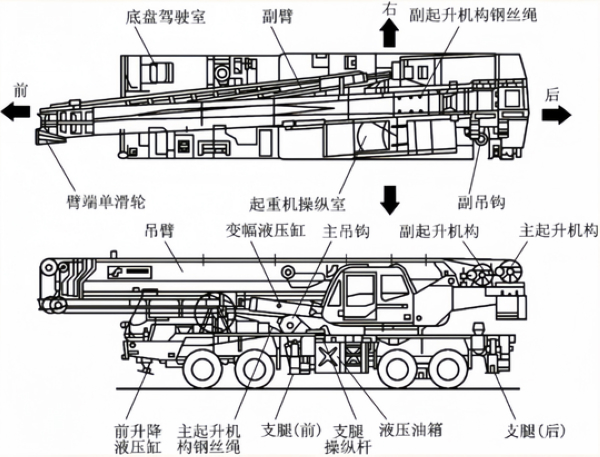>
The Main Structure of the Truck Crane
[ 2024-06-11 ]
The main structure and design difficulties of the truck crane include the following aspects: Main structure:
1. Chassis (body chassis): includes the engine, transmission, drive axle, suspension system, steering system tires, etc., providing the driving function of the truck crane.
2. The upper part: includes the cab, hydraulic system, control system, boom and rotating support, etc., providing lifting and operation functions.
3. Boom (crane arm): usually telescopic, composed of multiple arms, telescopic through the hydraulic system to achieve lifting operations at different heights and distances.
4. Slewing support device: used to connect the upper part and the chassis, capable of 360-degree slewing operation, and improve operational flexibility.
5. Outrigger: used to improve the stability of the truck crane during operation, usually telescopic, controlled by the hydraulic system.









